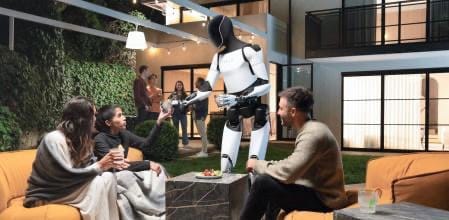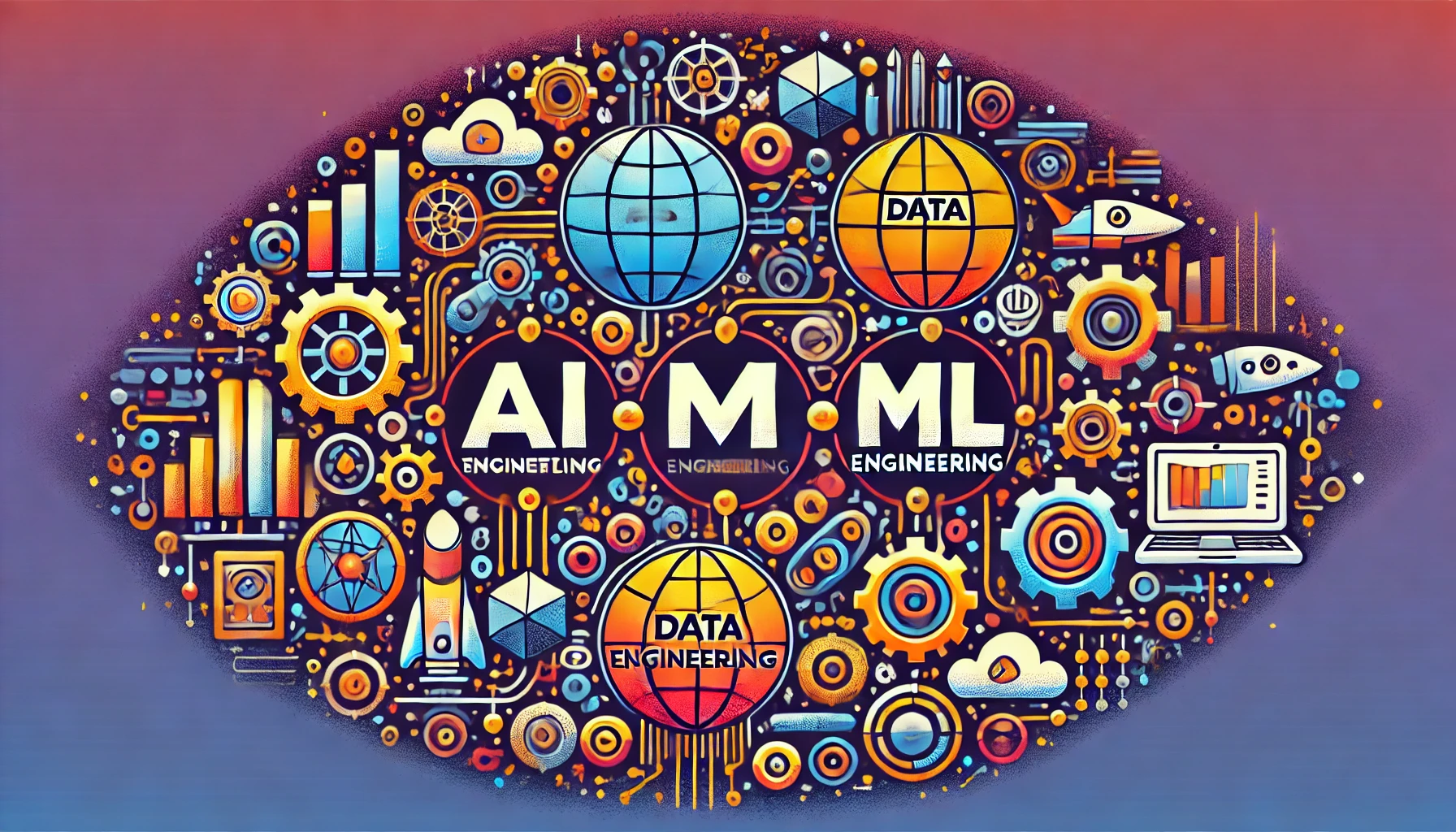Tesla unveiled its latest groundbreaking innovation: a humanoid robot designed to bring us one step closer to a future where robots are part of our everyday lives. Named Optimus, this new robot aims to take on labor-intensive tasks, help around the home, and integrate into our workforce, revolutionizing the way we think about automation and robotics.
A Game-Changer in Robotics
The unveiling of Tesla’s humanoid robot has created a buzz across the tech industry. Elon Musk, Tesla’s CEO, emphasized that the goal of Optimus is to provide a safe, versatile, and reliable robot that could perform repetitive tasks, freeing humans from mundane labor. Unlike other robots that are confined to factories or specific tasks, Optimus is designed with human-like features and can adapt to different environments and tasks, making it truly unique.
Standing at roughly 5’8″, Optimus features a sleek design, human-like articulation, and is powered by Tesla’s advanced AI. The robot is built to walk, lift objects, interact with tools, and even respond to basic verbal commands. Tesla has leveraged its expertise in self-driving AI and battery technology to create a robot that is highly efficient and, according to Musk, affordable for the general public.
How Optimus Could Change Our Lives
Tesla’s humanoid robot has a wide range of potential applications. Initially, it is expected to be used in Tesla’s factories, assisting workers with repetitive tasks that require strength but minimal cognitive effort. However, the possibilities extend far beyond industrial use.
In homes, Optimus could serve as a personal assistant—performing household chores like vacuuming, doing the dishes, or even preparing simple meals. In healthcare, it could assist in non-medical patient care tasks, such as helping elderly individuals with mobility or serving as a companion to alleviate loneliness.
Optimus is designed with safety as a top priority. It moves at a moderate speed and has force limits to ensure it doesn’t pose a danger to humans. Elon Musk emphasized that the robot is being built to be “friendly” and would be safe to interact with, even in the most personal of settings.
The Technology Behind Optimus
Optimus is powered by some of the most advanced AI technologies available. Its control system is driven by Tesla’s self-driving AI software, adapted to navigate not just roads but also the complex environments of homes and workplaces. The robot is fitted with multiple cameras and sensors to help it perceive the world around it, recognize objects, and perform tasks autonomously.
Additionally, Optimus relies on Tesla’s energy-efficient batteries, enabling it to work for extended periods without needing frequent recharging. It has a humanoid form not just for familiarity but also because human-like dexterity is required to operate in spaces designed for people. With articulated joints and advanced motor systems, Optimus can handle tools, lift objects, and complete intricate movements that most other robots cannot.
The Road Ahead for Tesla’s Humanoid Robot
Tesla’s Robotaxi: A Glimpse into the Future of Transportation
In addition to the humanoid robot, Tesla is making waves with its Robotaxi project, which aims to transform urban mobility. The Robotaxi is a fully autonomous vehicle designed to operate without a driver, offering a convenient and cost-effective transportation option. Tesla envisions a future where individuals can summon a Robotaxi via an app, similar to current ride-sharing services, but without the need for a human driver.
Elon Musk has stated that the Robotaxi will leverage Tesla’s full self-driving (FSD) technology, which has been developed and refined over years of research and millions of miles driven. By eliminating the driver, Tesla aims to significantly reduce the cost of rides, making transportation more accessible and reducing the need for personal car ownership in urban areas.
The Robotaxi is built on the same electric vehicle platform that has made Tesla a leader in sustainable transportation. It incorporates advanced sensors, cameras, and AI to navigate complex city environments safely. Tesla’s Robotaxi network is intended to be a shared resource, allowing Tesla owners to add their vehicles to the network when not in use, potentially earning income while contributing to a more efficient transportation ecosystem.
This initiative is part of Tesla’s broader vision to make transportation more sustainable and efficient. The combination of the Robotaxi and humanoid robot represents Tesla’s push to automate everyday tasks, from mobility to household chores, ultimately creating a more connected and efficient future.
Elon Musk stated that Tesla’s goal is to make Optimus affordable, with a price target that would eventually be in the range of a family car. The company envisions a future where robots like Optimus are as common as household appliances, helping to increase productivity and improve quality of life.
However, there are still many challenges ahead. Robotics experts point out that while the demonstration was impressive, achieving full functionality in a variety of settings will take time. The real test will be how well the robot can adapt to unpredictable environments and interact seamlessly with humans.
Despite these challenges, Tesla’s humanoid robot launch marks an exciting leap forward in robotics and automation. By combining advanced AI, a human-centered design, and Tesla’s signature innovative approach, Optimus could be the first step towards a future where robots are truly integrated into our daily lives.
Conclusion
The launch of Tesla’s humanoid robot, Optimus, is a significant milestone in the evolution of robotics. If successful, it could change the way we think about manual labor, household chores, and personal assistance. While there are still questions about its practical application and scalability, the excitement surrounding Optimus is undeniable.
As we stand at the dawn of this new era, one thing is certain: Tesla’s humanoid robot has sparked our imaginations, making the future of robotics feel closer than ever before.


